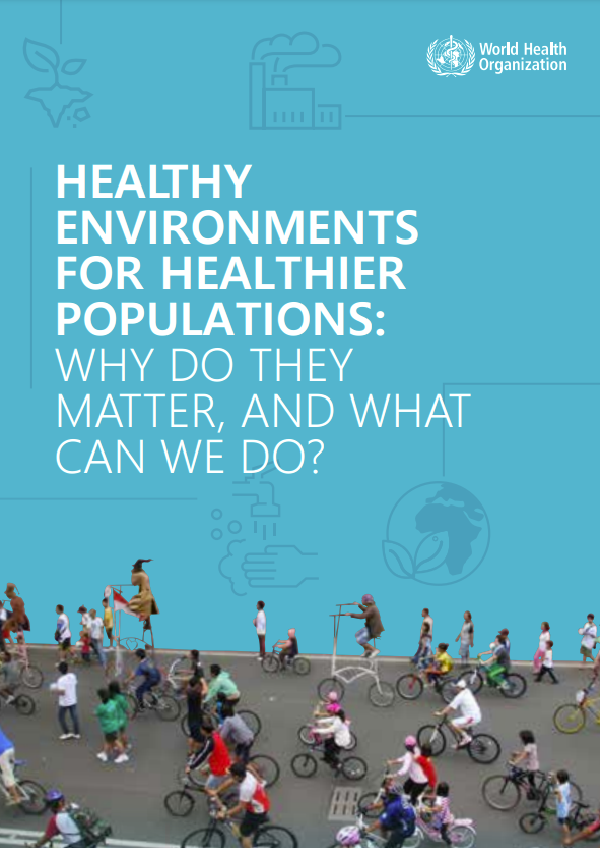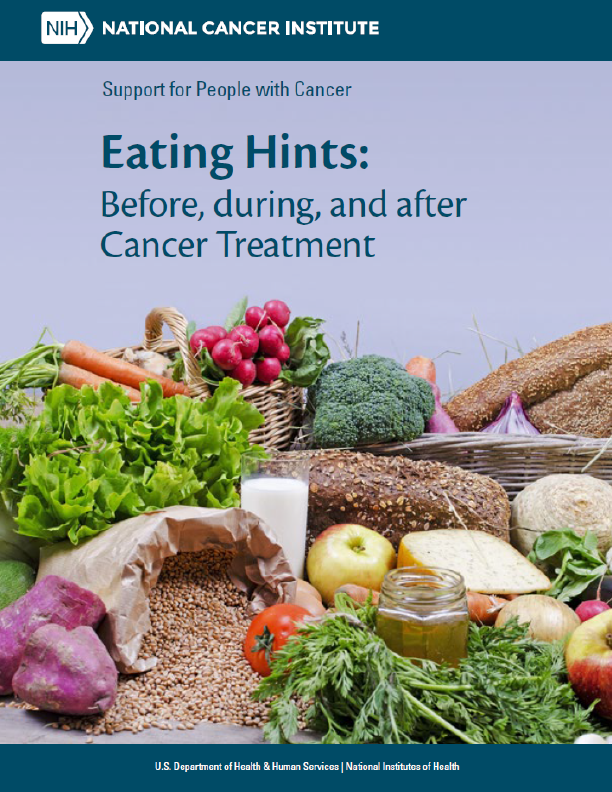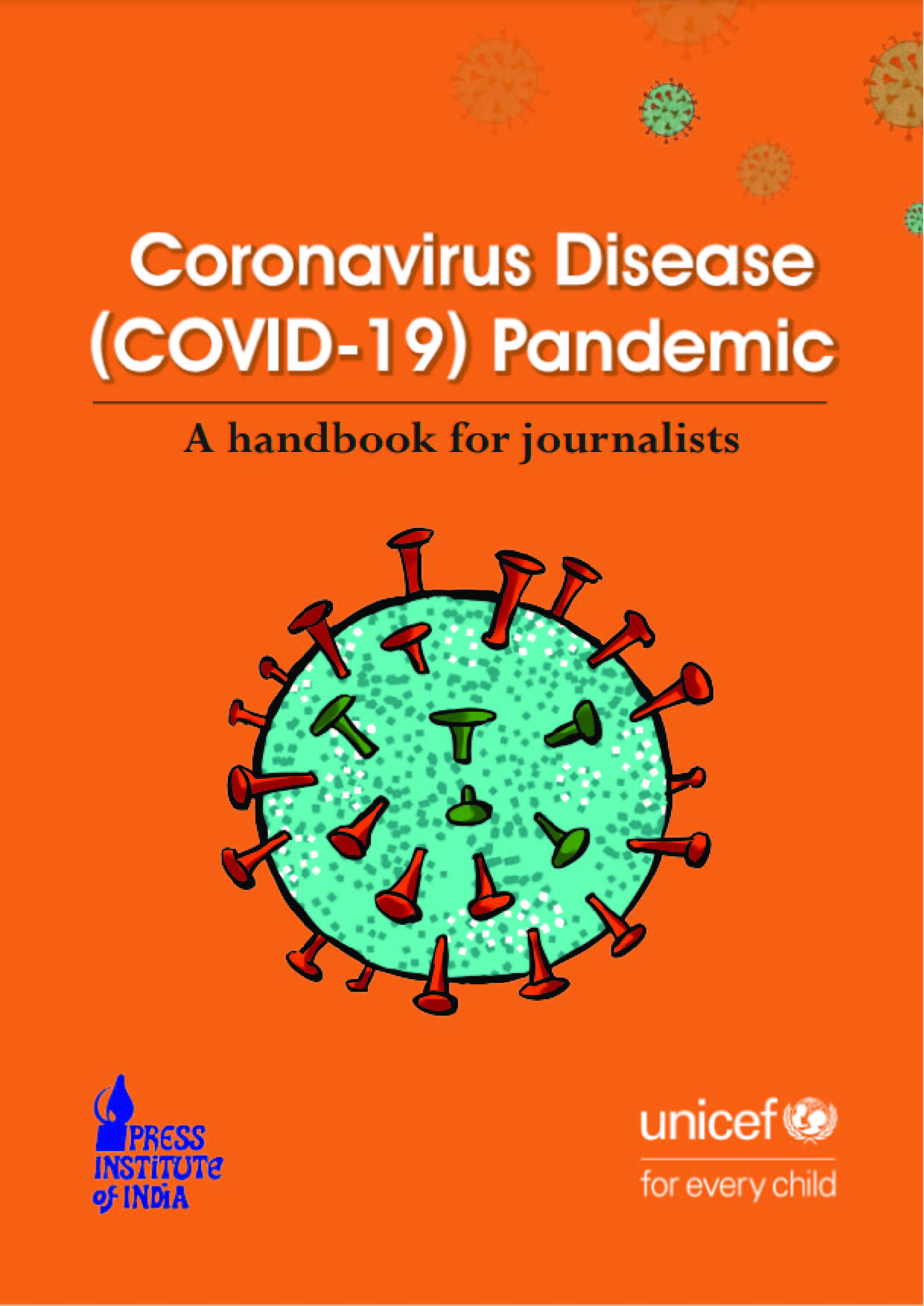Known avoidable environmental risks to health cause at least 12.6 million deaths every year, and account for about one quarter of the global burden of disease (2016 data) (1). Air pollution alone causes about 7 million deaths a year, placing it among the top global risks to health (2). Global environmental challenges are on the rise, including climate change, rapid urbanization and increased resistance to drugs.
Human influences on the environment continue to grow. Many of the resulting risks are continuously generating disease and injuries, impacting our quality of life, reducing our productivity, and weighing on our health systems. The broad subscription to the sustainable development agenda provides a clear signal that the world expects greater cohesion between people and the planet, with benefits for health and health equity. More sustainable ways of functioning go hand in hand with creating healthier and more sustainable environments, with enhanced focus on prevention through action on the root causes of disease.
The weight of evidence clearly shows the need for immediate preventive action on environment-related health impacts. Many solutions have shown notable success, and both near- and long-term returns to society are high.
“This document highlights examples of key action to be taken by the global health community, relevant sectors and other key actors to ensure a healthy environment for disease prevention and safety for all people. We aim to mobilize key partners and supporters around these issues, increase the level of ambition and multiply actions to obtain results.”
Purpose and structure of the document
This document aims to provide the rationale for action to improve health through healthy environments, and an overview of key actions to take. It aims to support policy-makers and others who can influence health determinants to navigate through the various environmental health areas. These actors can thus obtain a brief overview of preventive, intersectoral action in this area to achieve sustainable health gains and reduce health care costs. The document provides an initial overview and overall policy directions, and refers to more detailed information for the next steps.
This document is structured as follows. For each topic, a brief overview is provided of the main health impacts caused by environmental factors, key actions to create healthier environments, and WHO support to countries and communities. Part I covers key environmental risks to health, such as air pollution or inadequate water supply; Part II describes the main settings for implementing action, such as workplaces or cities. To facilitate the implementation of health-protective measures across sectors, the Health in All Policies framework is presented. The topics were selected to capture the most relevant actions for health improvement, which are of global relevance, and on which we have sufficient information on impacts and actions required.
At the end of each topic, a list of sectoral policies interacting with the topic is presented. Although not exhaustive, these examples highlight where cooperation with other sectors may be required to sustainably reduce risks to health. For example, it may not be possible to achieve clean air without cooperating with the energy sector on cleaner energy solutions, the transport sector on healthy and sustainable transport solutions, or the agriculture sector to take measures to stop burning crop waste. Additional sectors to those cited may be relevant, such as education, which is pertinent to many health and environment areas.
Data provided in this document refer to the year 2016 unless stated otherwise.











